
|

|

|

|

|

|

|

|

|

|

|

|

All-action heroes...
Alongside the technical challenge for the special effects team was physical challenge for the performers. Michael Fassbender, who plays Quintus – the centurion of the film's title – explains: "You've got a handful of Romans just running for their lives, trying to get back to the border. It's pretty physical piece; some horse riding, swordplay."
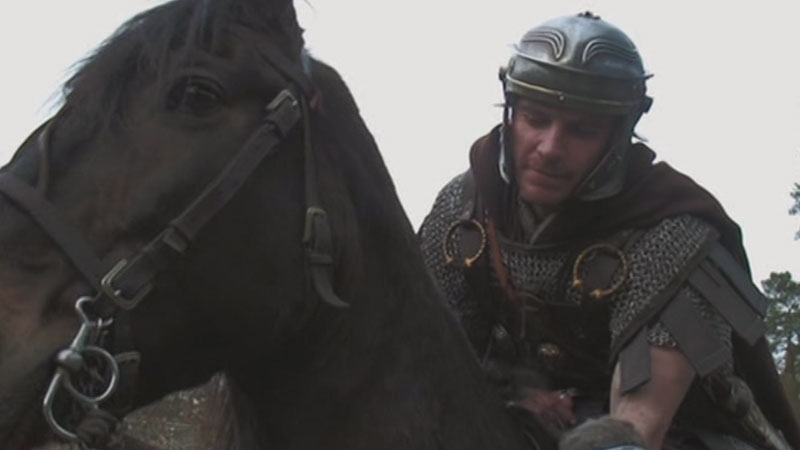
The first two days of shoot were on a peak near Inverness. They crew required the help of specially adapted Norwegian Army snowmobiles to transport them to the top of the snow capped mountain in sub-zero temperatures with the actors wearing authentic Roman dress and only overcoats for extra protection against the elements.
Producer Robert Jones, recounts how they were given a taste of the physical challenges on that very first day of shooting.

"The first day that the actors had on set was probably the toughest. They were asked to tramp through two feet of snow in flimsy Roman gear at the top of a mountain, a thousand metres up. Their faces at the end were saying, 'what I signed up for?'" Jones laughs. "But they handled it very well."
In order to achieve filming at that altitude, the production team had be reduced to the bare minimum. "We travelled up the mountain in these Haglund vehicles, which are these little tanks," explains Fassbender. "Other wise there's no way to get up there as far as I know. We had a little sort of crack of filming, you know – just the bare essentials. And we're knee deep in snow on day one. So, it was cold but you knew you were getting on screen going to look pretty impressive."
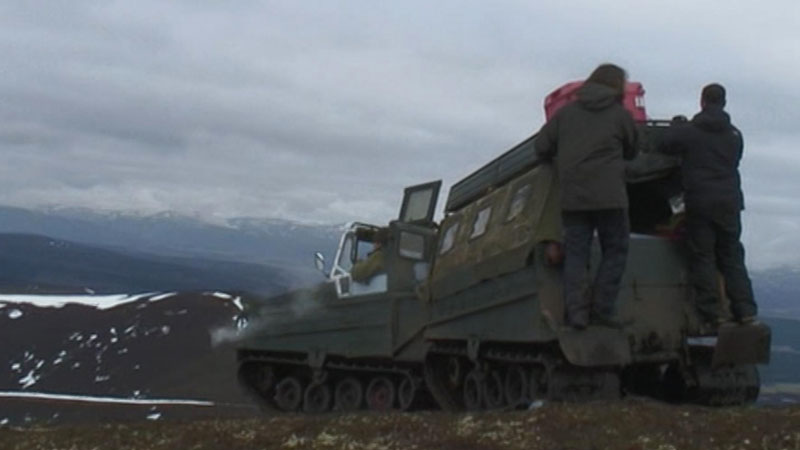
The landscape plays an important role in the film – compounding the misery of the fleeing Roman invaders. The brutal conditions on location were all part of the plain. With temperatures dropping to -18 degrees on day one, the actors were realizing the extent of the pressure upon them to deliver. The direction on the very first shot of the production required the core cast to run through two deep snow and huddle to remain warm.
"There wasn't too much acting to do on the part of the actors," says Marshall. "They got up there in their Roman outfits. They've got bare arms you know they were absolutely freezing. So they were genuinely clinging close to keep warm. When they're shivering on screen. It's real. I wanted that."


By utilsing the snow on the mountains of Aviemore and the green of the valley areas at lower altitudes, filming could cheat the passing of time and the distances covered by the men on the run. Relying on the elements to deliver on schedule was also a risky strategy. "There was a slight problem when we went on a location recognizance trip the week before we started filming," Marshall recalls. "There was so much snow, we all got snowed in at the hotel. It was amazing, but had we had that during the shoot, I think that would have really screwed us up. Luckily, when it came time to filming, it was perfect."
To capture the full effect of the location and conditions, Marshall had briefed his Director of Photography, Sam McCurdy. It was vital for the crew to capture the scope and breathtaking awe of the Scottish landscape. Marshall's only comment on the look of the film to McCurdy was that he wanted it to 'look cold'.
"I wanted to make sure the audience would feel what the actors are feeling on screen," says Marshall.
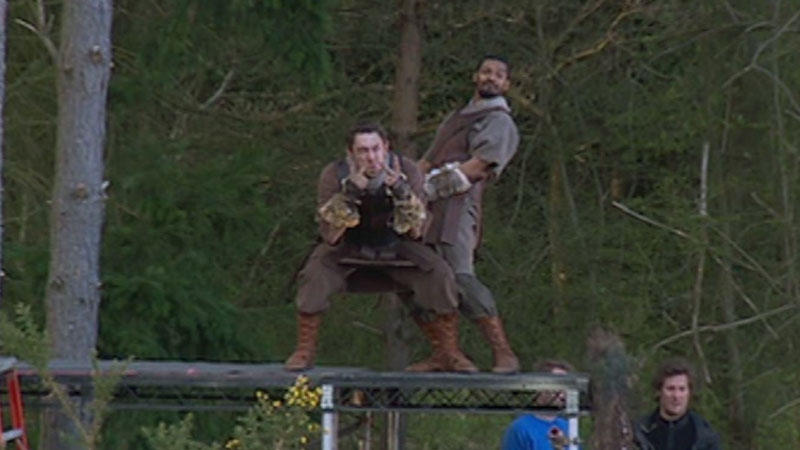
Despite the physical challenges of the extreme conditions, the locations left a positive mark on Fassbender. "I really enjoyed the time we had in Scotland. It was beautiful up here. We went to some pretty remote places near Aviemore. Just sensational scenery there – a beautiful part of the world."
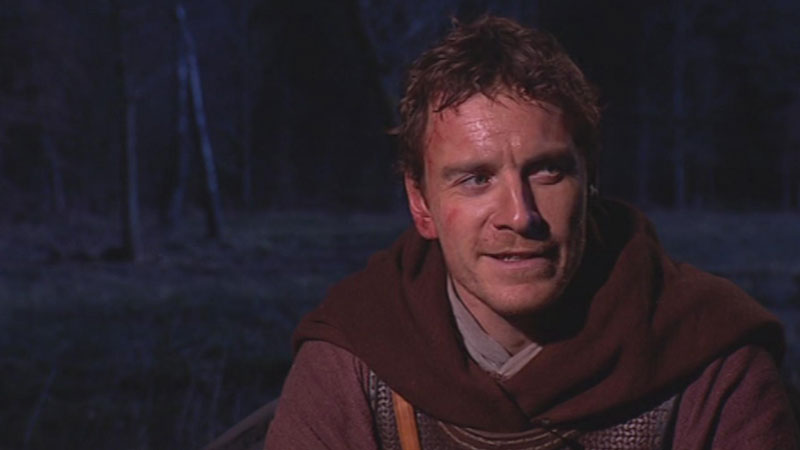
Braving the element was one side of the physical activity. But there were also new skills for the cast to learn. Olga Kurylenko, who plays the Pictish warrior Etain, was depicted in the script as a warrior, clearly comfortable riding a horse and wielding deadly weapons with expertise. She recalls how she had to learn to fight convincingly with a spear, knife and hatched.
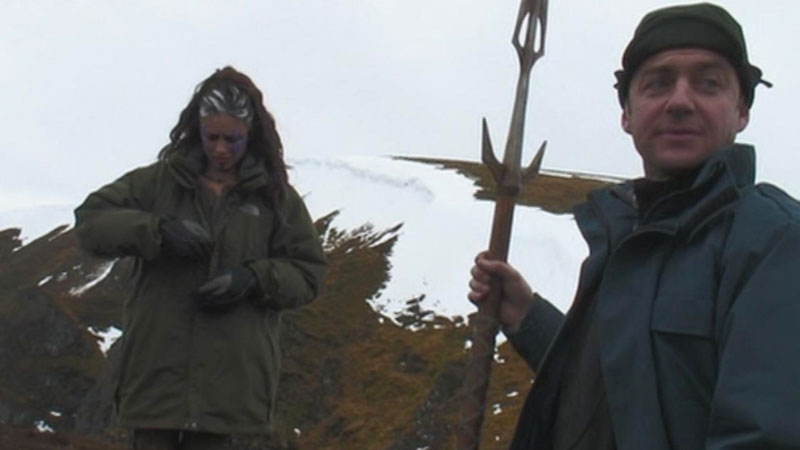
"These are weapons I haven't used in my previous films," she points out. "This was sometimes new learn. We did a lot of fight training it was fun. I really loved it."
Marshall was keen to make sure that all the acting sequences were as realistic as possible, but more importantly, that the cast portrayed a comfort and natural adeptness in handing archaic weapons. "That kind of stuff is vital for whenever I'm doing a film lie this," he says. "If someone's going to pick up a weapon in a film then they're going to need to know how to use it or look like they know how to use it – as if it is an extension of their person. These soldiers grew up with these weapons. So it can't look like they picked it up yesterday."
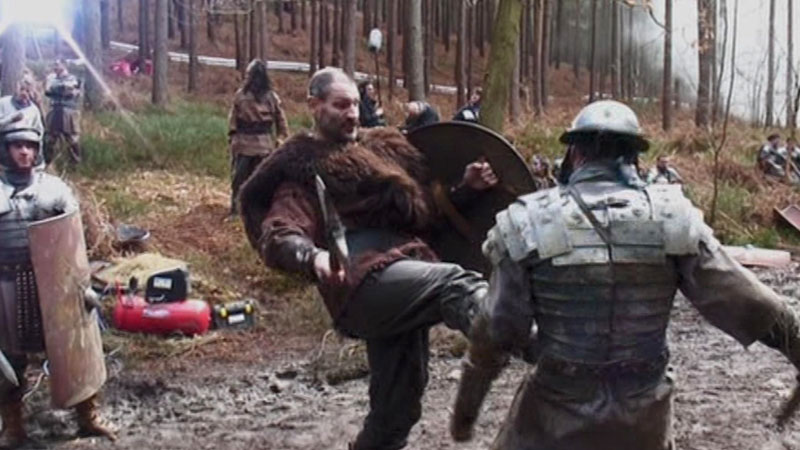
Marshall made it clear to the actors during the casting process that the task would be physically and mentally demanding for all involved. The stunt team led by seasoned stunt coordinator paul Herbert put the cast through intensive physical training in preparation for all the big fight sequences, which were rehearsed constantly prior to filming to save time on set.
"There's not a moment to breathe on this job," he says. "So it's a continual roll of shooting action sequences and rehearsing at the same time ready for the next day's scenes," says Herbert. Like his fellow crew members, Herbert's approach combined rigorous rehearsals with last-minute inventiveness: "There's one thing rehearsing all the action but then when you actually put it into the set or location we're working on, there are things that may changing, whether it's just position or speed or one or two moves.
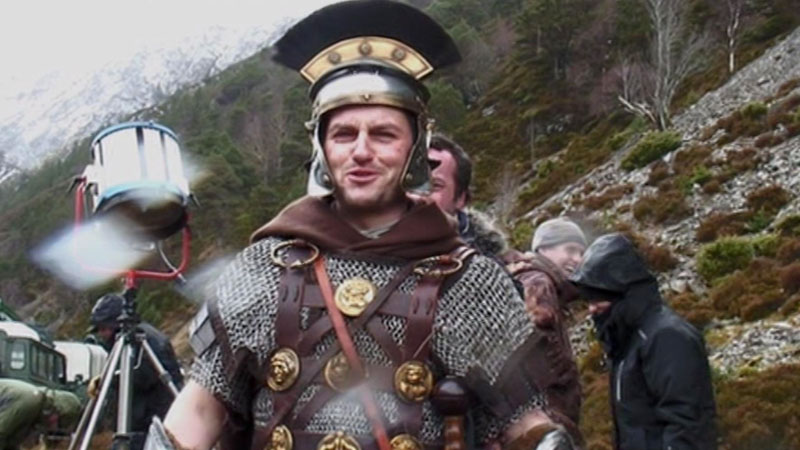
When we start the day's shooting, we'll walk through the action and line up for the cameras. Then we'd build up the place and do it half speed while making sure everything's in the right place. If I see things are not quite right, are going to mess up the background, we'll after those and just tweak the moves for the artists to make sure they work. So, once we've done this and everybody's happy, we shoot."
The most exhilaration moment of filming for the stunt team and their new apprentices came during the battle sequence when Picts slaughter the Romans. For this scene Marshall had rolling fireballs erupt from amongst the trees and descend at speed towards the trapped Legion lines.
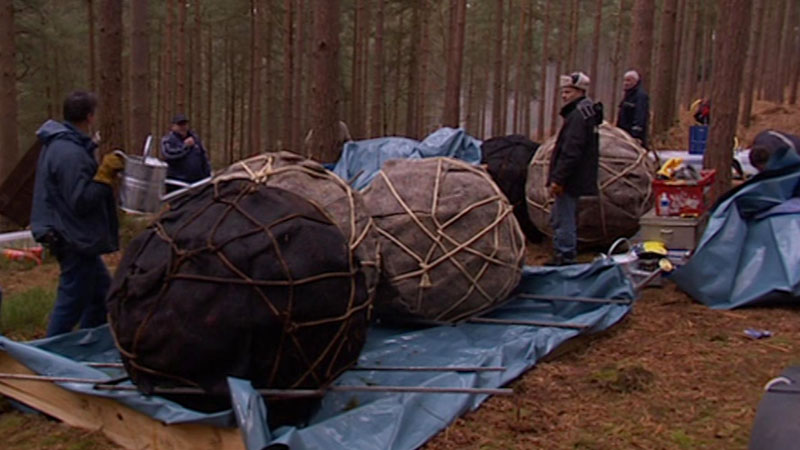
The training and fight rehearsals proved crucial to achieving the scene safely and convincingly. "We had six of our main cast fighting alongside our stunt team and our supporting artists," Herbert explains. "Doing that, with little space and time, keeping it safe but also keeping it real at the same time, was a great achievement."
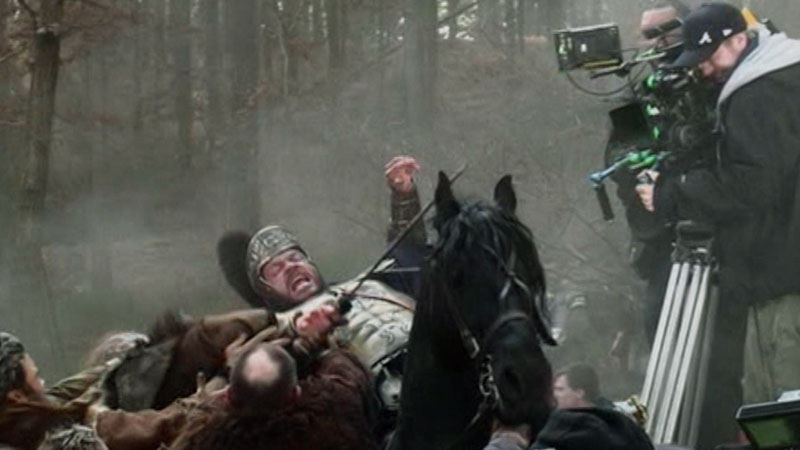
As General Virilus, Dominic West was on the receiving end of the Pictish attack. "It looks really impressive. Fireballs roll down onto the phalanx which forms around me on my horse. It's a cool scene. We had veterans in the stunt brigade who had worked on Gladiator, and they said this fighting was more complex. Made me feel like Russell Crowe," he laughs.
